This week marks the 40th anniversary of the Church Committee calling CIA Director William Colby to testify on revelations that U.S. intelligence agencies had engaged in controversial covert action against foreign leaders and U.S. citizens. Chaired by Senator Frank Church (D-ID), the committee held a series of hearings and published 14 reports as it investigated the legality of intelligence operations by the CIA, NSA, and FBI, including attempts to assassinate foreign leaders, spying on Martin Luther King, Jr., and monitoring the political activities of other U.S. citizens. Today, the reforms put in place following the Church Committee hearings are up for discussion in the wake of the Edward Snowden intelligence leaks and the revelation of how much data the government, especially the NSA, was collecting on U.S. citizens.
Brookings Nonresident Senior Fellow Stuart Taylor, Jr. detailed the history of U.S. government surveillance programs, and the Church Committee’s response, in his Brookings Essay, “The Big Snoop: Life, liberty, and the Pursuit of Terrorists,” writing that:
Watergate shocked the American public and spurred many of its representatives in Congress to demand an investigation into the past activities of [the FBI, CIA,] NSA and others. The result was the creation of two congressional committees in 1975, chaired by Frank Church (D-ID) in the Senate and Otis Pike (D-N.Y.) in the House of Representatives. Their hearings exposed secret, arguably illegal wiretapping, bugging, and harassment of American citizens, including Supreme Court justices, reporters, and government officials, all in the name of collecting intelligence about threats to national security. The most notorious case, first exposed in the 1960s and fully documented by the Church Committee, was the wiretapping of Martin Luther King, Jr. by the NSA and by the FBI under J. Edgar Hoover, who believed him to be part of a Communist conspiracy.
The Church Committee’s investigations also led to passage of the Foreign Intelligence Surveillance Act (FISA) in 1978. The FISA court was originally designed to guard executive branch surveillance programs from the public while ensuring the other branches of government could oversee activities.
After the terrorist attacks on 9/11, and the passage of the USA PATRIOT Act of 2001, attitudes toward government surveillance changed. “The emergence of this new menace to America and its allies,” Taylor wrote in his essay, “brought an upsurge in political and public support for aggressive surveillance of potential terrorists, and a muting of the concerns that had arisen in the 1970s about the past sins and excessive zeal of U.S. intelligence agencies.”
In the summer of 2013, the original concerns that led to the Church Committee returned to the fore as Edward Snowden, in Taylor’s words, “became the poster boy for an acutely American conundrum: the tension between the government’s constitutional commitment to the privacy of individuals and its responsibility for the safety of the nation.”
For more on this “American conundrum,” the history of surveillance and Fourth Amendment jurisprudence in the U.S., and the future of U.S. security in the Snowden era, read Stuart Taylor’s full essay here.
And watch Taylor explain how he became interested in this “Clash between National Security and Privacy,” here:
The Brookings Institution is committed to quality, independence, and impact.
We are supported by a diverse array of funders. In line with our values and policies, each Brookings publication represents the sole views of its author(s).
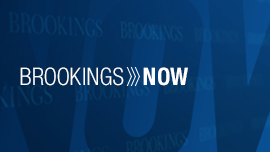
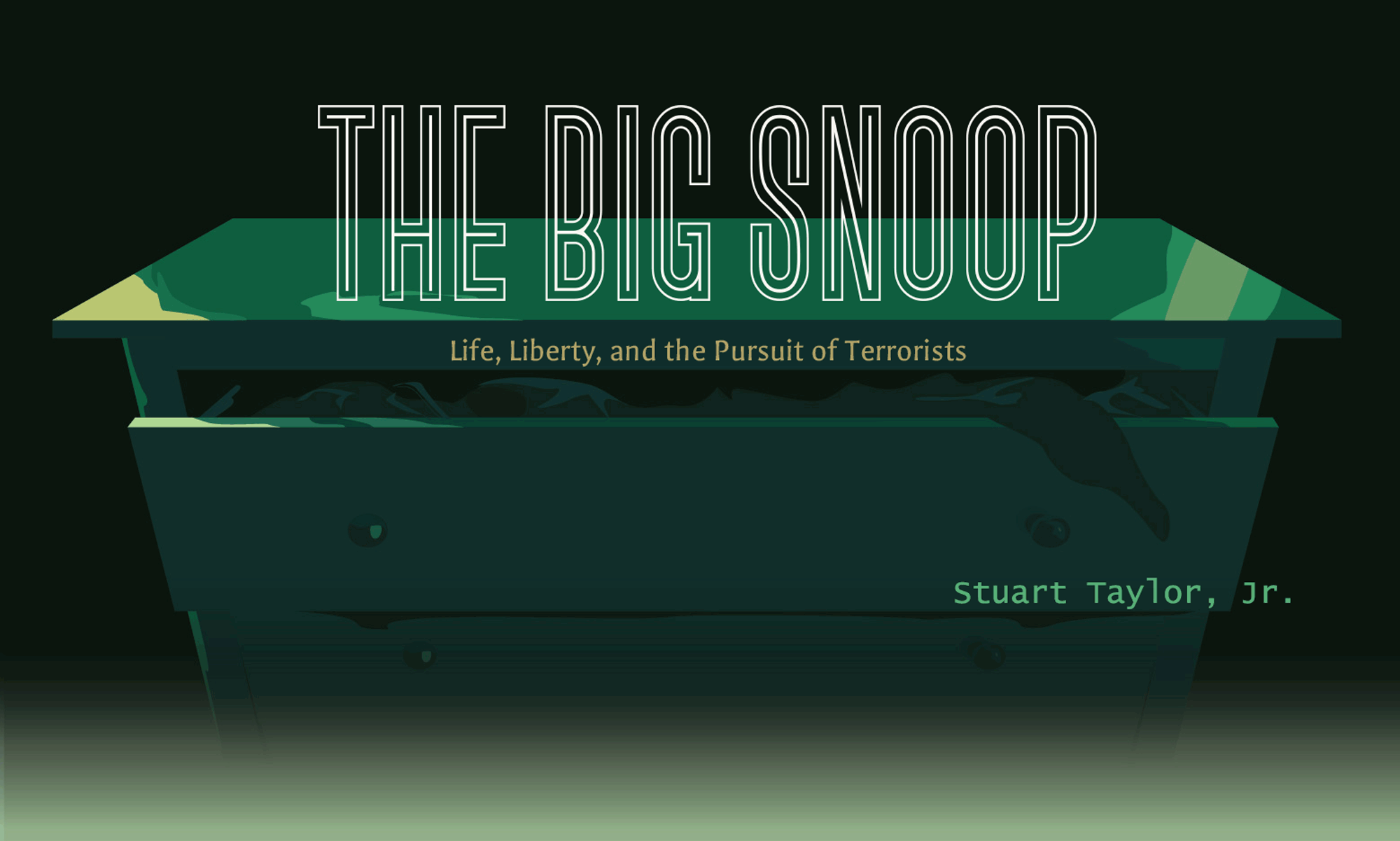
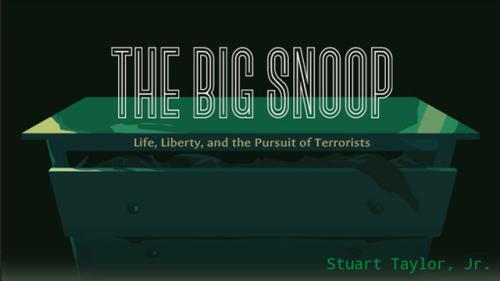
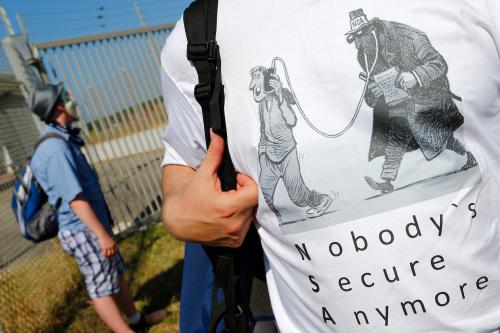

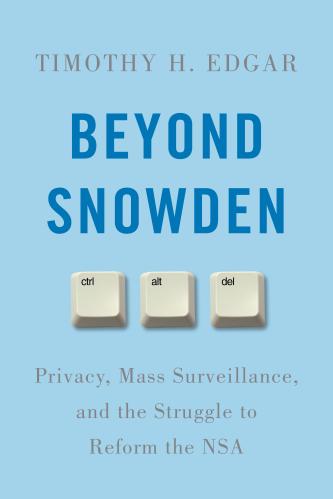

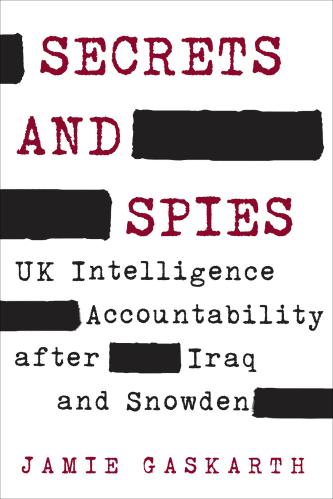

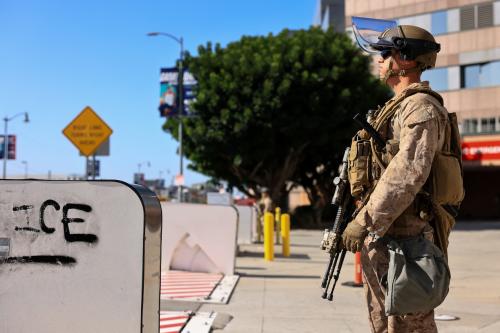
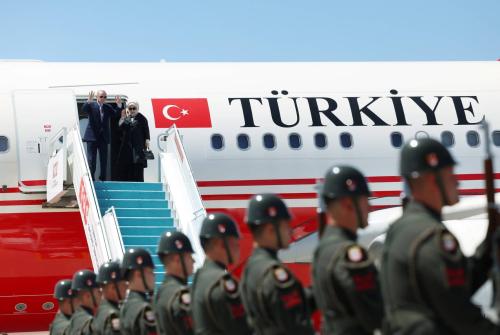
Commentary
40 years ago, Church Committee investigated Americans spying on Americans
May 6, 2015